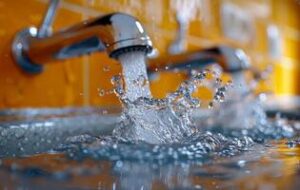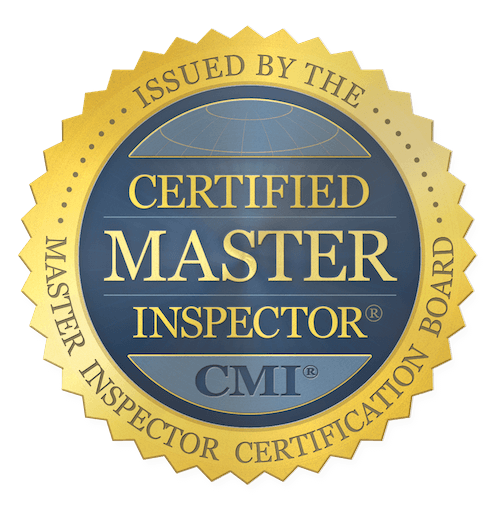What Should My Water Pressure Be?
Residential water pressure tends to range between 45 and 80 psi (pounds per square inch). Anything below 40 psi is considered low and anything below 30 psi is considered too low; the minimum pressure required by most codes is 20 psi. Pressures above 80 psi are too high. Whereas low water pressure is more of a nuisance than a serious problem (some fixtures, like washing machines, have minimum pressure requirements), high water pressure carries with it a significantly increased risk of damage to pipes, joints, fixtures and seals – not to mention increased water waste.
How Do You Measure and Correct Water Pressure?
 Water pressure can be easily measured and monitored with a simple, inexpensive water pressure gauge that threads onto any hose bibb. “Lazy hand” gauges feature an additional high-level indicator, which remains stuck at the highest pressure experienced until the gauge is reset. This type of gauge can let you know if you’re experiencing any spikes of high pressure, which can also cause problems.
Water pressure can be easily measured and monitored with a simple, inexpensive water pressure gauge that threads onto any hose bibb. “Lazy hand” gauges feature an additional high-level indicator, which remains stuck at the highest pressure experienced until the gauge is reset. This type of gauge can let you know if you’re experiencing any spikes of high pressure, which can also cause problems.
To reduce high pressure in a home, you’ll need a Pressure Reducing Valve (PRV). In fact, these are often required by code for pressures beyond 80 psi. These devices do exactly what they say, reducing pressures of up to 400 psi down to a reasonable level of your choosing (most are factory set at 45 psi).

